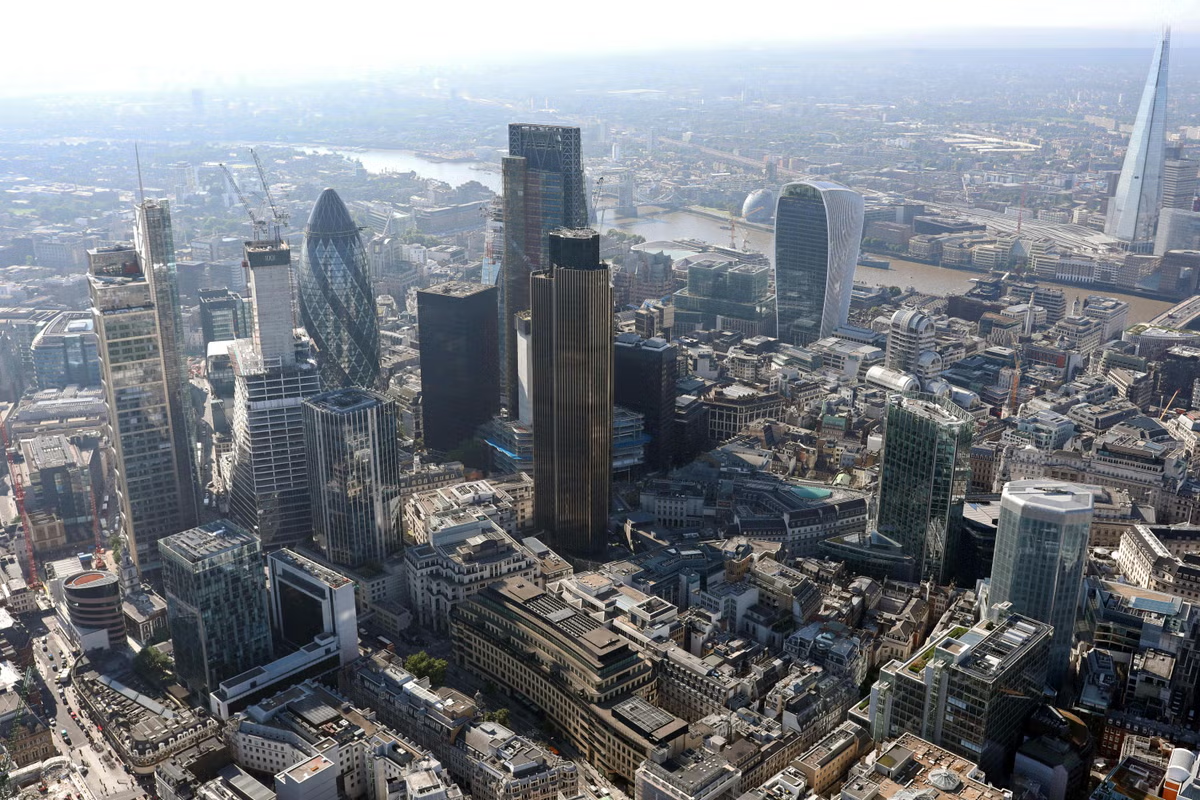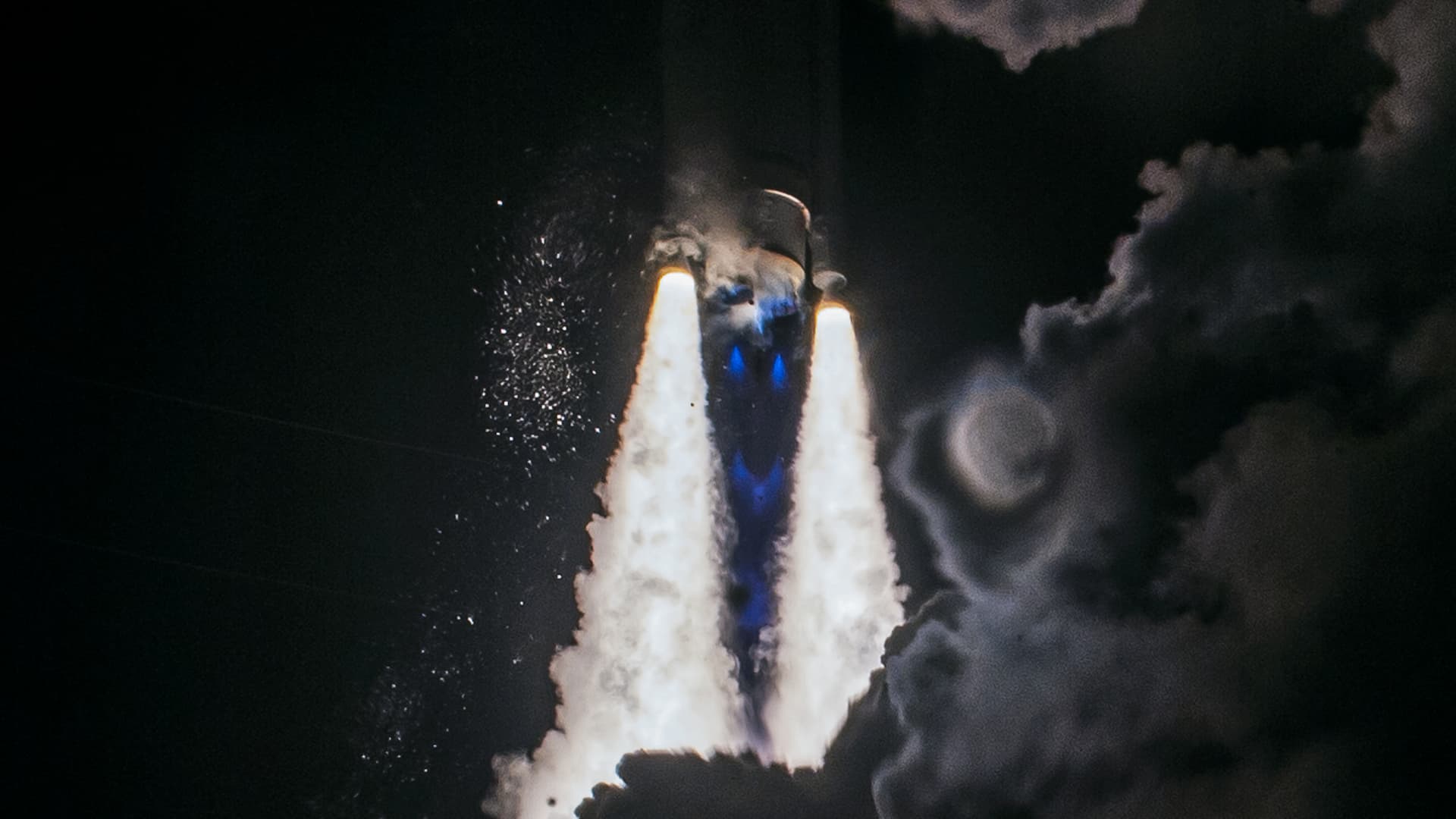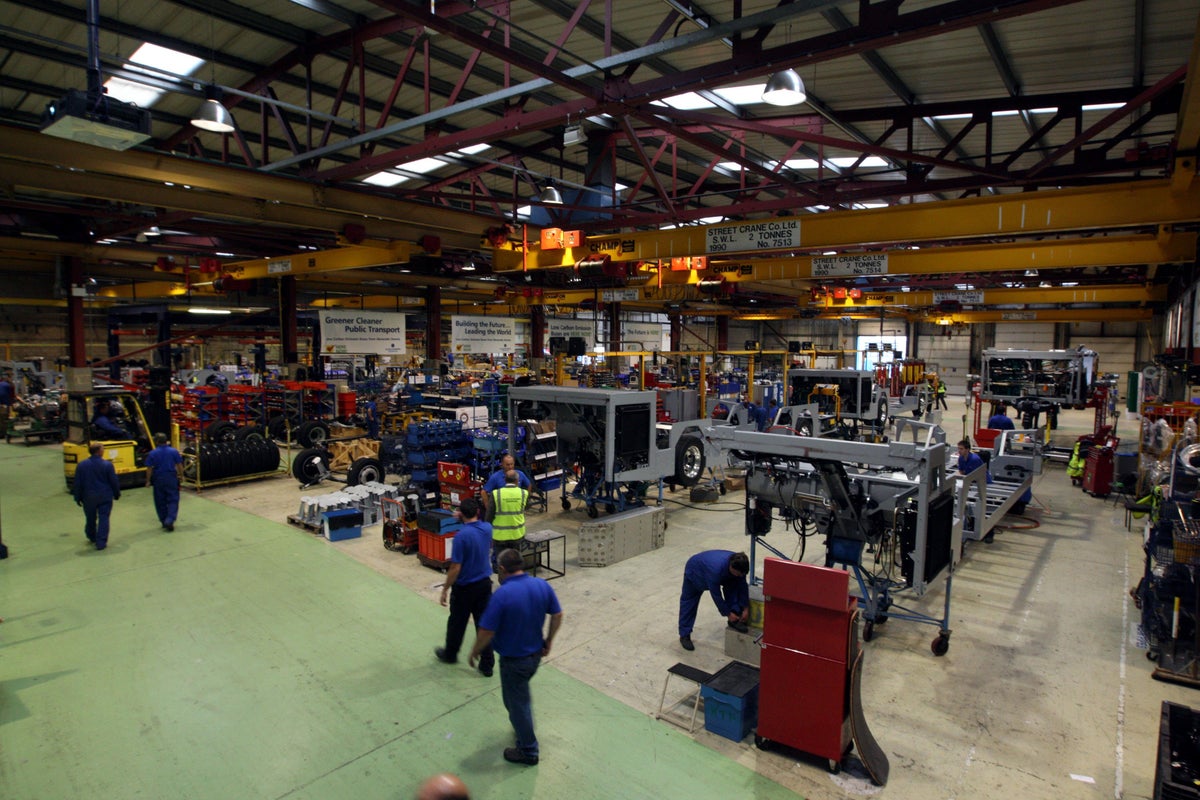The FTSE 100 reached another record record on Wednesday, despite the concerns about the closure of the US, as pharmaceutical actions seized more, with Astrazeneca uploading 11% alone.
The FTSE 100 index closed 96.00 points, 1.0%, at 9,446.43, exceeding its previous closure on Tuesday.
The blue chip index had previously established a new better level of 9,457.91.
The FTSE 250 ended 34.14 higher points, 0.2%, at 22,049.70, and the AIM All-Share ended with 3.24 points, 0.4%, at 786.41.
Astrazeneca led the FTSE 100 and increased by 11%, recovering its crown as the most valuable ftse stock of HSBC, while the companions Hikma Pharmaceuticals and GSK increased 5.7% and 6.2% respectively.
On Tuesday, the Trump administration announced an agreement that gave Pfizer a three -year postponement on planned rates, since the Pharmaceutical Company based in New York promised to voluntarily reduce the prices of non -specified medications for the purchase of the United States.
According to the agreement, Pfizer will charge the prices of the “most favored nation”, which coincides with the lowest price offered in other rich nations, with Medicaid, the United States Health Insurance Program for low -income Americans.
The White House also said that it would present a website, called Trumprx, which would allow consumers to directly buy some medications from manufacturers to discount rates.
JPMorgan sees the Pfizer agreement as a potential “stimulus for the sector” that, “we anticipate, it is likely to be replicated by the pharmaceutical companies of the EU and, therefore, it should result in a widely manageable impact”, of most prices of favorable nation medicines, “reassuring investors.”
In economic data, the recession in the manufacture of the United Kingdom worsened in September, since the production, orders and employment fell to the most clear rates, according to the results of the Global S&P survey.
The manufacturing purchasing managers index settled seasonally fell to 46.2 points in September from 47.0 in August, marking its lowest level since April and remaining below the neutral 50 -point brand for the 12th consecutive month.
The final figure entered the Flash estimate published last Tuesday.
The production was contracted for the 11th consecutive month, with decreases in consumer, intermediate and investment goods. The new orders fell for a successive 12th month, one of the greatest falls in two years, since companies cited the confidence of modern customers, the uncertainty linked to US tariffs and high costs of energy and labor.
Elliott Jordan-Doak, a senior economist of the United Kingdom in Pantheon Macroeconomics, said that the demand for manufacturing exports of the United Kingdom is still harassed by uncertainty related to the rate, although he believes that the worst of shock related to the rate has happened.
He only expects manufacturing production to increase slowly during the second half of the year.
La Libra was mentioned higher in US $ 1,3477 at the time of the closure of the London Variable Income Market on Wednesday, compared to $ 1,3443 on Tuesday. The euro stood at $ 1,1729, a little about $ 1,1727. Against Yen, the dollar was quoted at 147.15 yen, lower compared to 147.98 yen.
The 10 -year Treasury performance. UU. It was quoted at 4.13% extended from 4.12% on Tuesday. The treasure performance of 30 years from the United States stood at 4.72%, expanded of 4.69%.
In European shares on Wednesday, CAC 40 in Paris closed 0.9%, while Dax 40 in Frankfurt advanced 1.0%.
The actions in New York changed little at the time of the closure of London. The Dow Jones industrial average rose 0.1%, the S&P 500 index was flat and the nasdaq compound 0.1% lower.
The United States government entered a closure at midnight, since Congress failed to reach an agreement to keep the programs funded.
Joshua Mahony, a face analyst, said that with few signs of progress towards an agreement, merchants are preparing for the possibility that so much unemployment of claims and the release of non -agricultural payrolls on Friday are delayed.
He pointed out that, historically, the closures have delivered episodes of volatility, but the precedent has been that the weakness tends to be short duration and presents “purchase opportunities.”
“Therefore, markets can face turbulence in the next few days, although historical evidence points to closing decreases that provide opportunities for bulls that can take advantage of short -term dislocation,” he said.
Citi Andrew Hollenortst analyst said that the economic drag of the closure should be limited, but it would become more significant if the closure lasts more than two weeks or if a greater number of federal workers are permanently dismissed.
“A previous resolution is possible, but we would not surprise us if this closure lasts several weeks,” he added.
With the US jobs report under a threat of delay, ADP figures acquired additional importance.
According to the payroll services provider, the United States private sector yielded 32,000 jobs in September, a result that did not reach FXSTERET's expectation of 50,000 additions. In August, 3,000 jobs were lost, in a massively reviewed reading of an initially reported 54,000 in payroll.
Morgan Stanley said that the negative impression maintains the “alert” of the Federal Reserve and predicted the consecutive cuts of the Quarter Rate rate at the meeting of the Federal Open Market Committee of January.
Back in London, JD Sports Fashion increased 6.8% after the best results than expected of his retail partner, Nike.
Nike increased 5.4% in New York. Their products represent approximately 45% of JD sales and their fortunes are closely linked.
On the negative side, Tesco was a weak feature, 3.6%, before the results of half a year on Thursday.
In FTSE 250, Greggs rose 6.4% after a reassuring commercial statement.
The bakery chain said that the trade had recovered in August and September after the July “unusually” had harmed sales.
But analysts said that the price jump of the shares reflected the absence of a greater reduction of profits and a brief tight, instead of an explosion of renewed enthusiasm for the company.
Peel Hunt said: “The market will relieve that the update did not bring a reduction, but the pressure is still downward.
“Great problems such as the viability of night trade, the ambition of the long -term store and the value image for money are still open discussions. There is too much to prove, in our opinion.”
But Tate and Lyle fell by 12% after reducing sales and profits in the midst of moderate trade.
Executive President Nick Hampton said the group has seen a “deceleration in market demand, particularly in the last two months that, in turn, has slowed our recent performance.”
Tate & Lyle now expects sales of the whole year to decrease by a low digit percentage of a single digit compared to the previous hopes of growth, or slightly below, the lower part of the medium -term range of the company from 4% to 6%.
Brent Oil fell to 65.53 US dollars per barrel on Wednesday from $ 65.99 Tuesday afternoon.
But gold remained in demand, quoting $ 3,862.37 per ounce on Wednesday, compared to $ 3,836.50 on Tuesday.
The largest elevators in the FTSE 100 were: Astrazeneca, more than 1,254 pence at 12,436p; JD Sports Fashion, above 6.5PA 101.8p; GSK, up 97p to 1.671.5p; Hikma Pharmaceuticals, above 97p to 1,795p; and Melrose Industries, up to 22p at 630p.
The greatest ftse 100 faults were: Babcock International, 50p to 1,280p; Tesco, below 15.8pa 429.7p; Coca-Cola HBC, below 110p to 3,394p; Game workshop, less than 330p to 14,200p; and imperial brands, fell 67p to 3,091p.
Thursday's overall economic calendar has Eurozone unemployment data, and weekly weekly claims claims figures and factory orders figures.
The United Kingdom's corporate calendar on Thursday has half -year results of the largest retailer in the United Kingdom, Tesco.
Contributed by Alliance News









